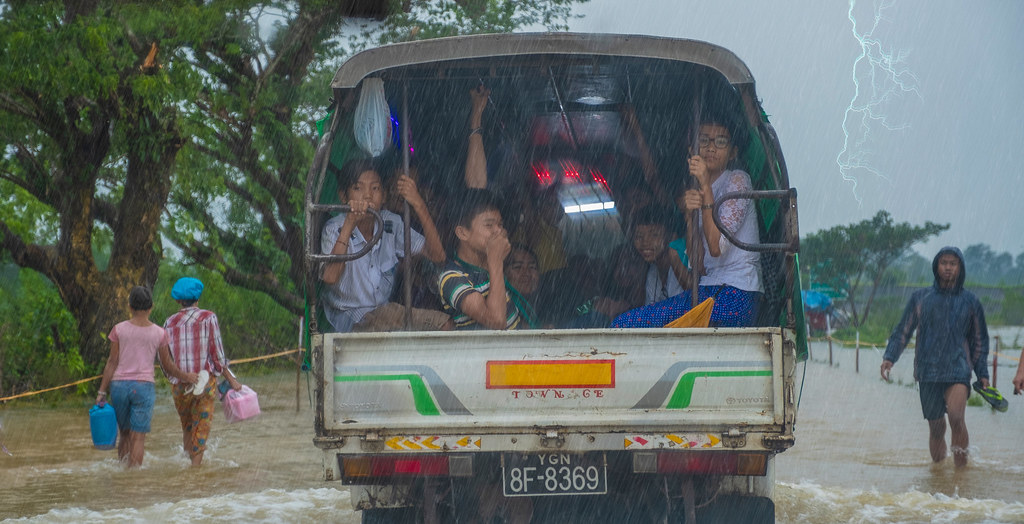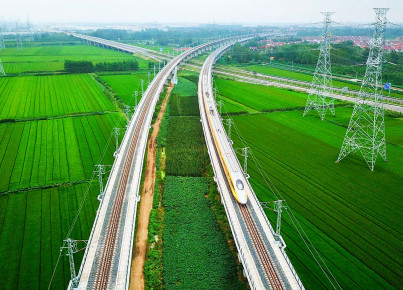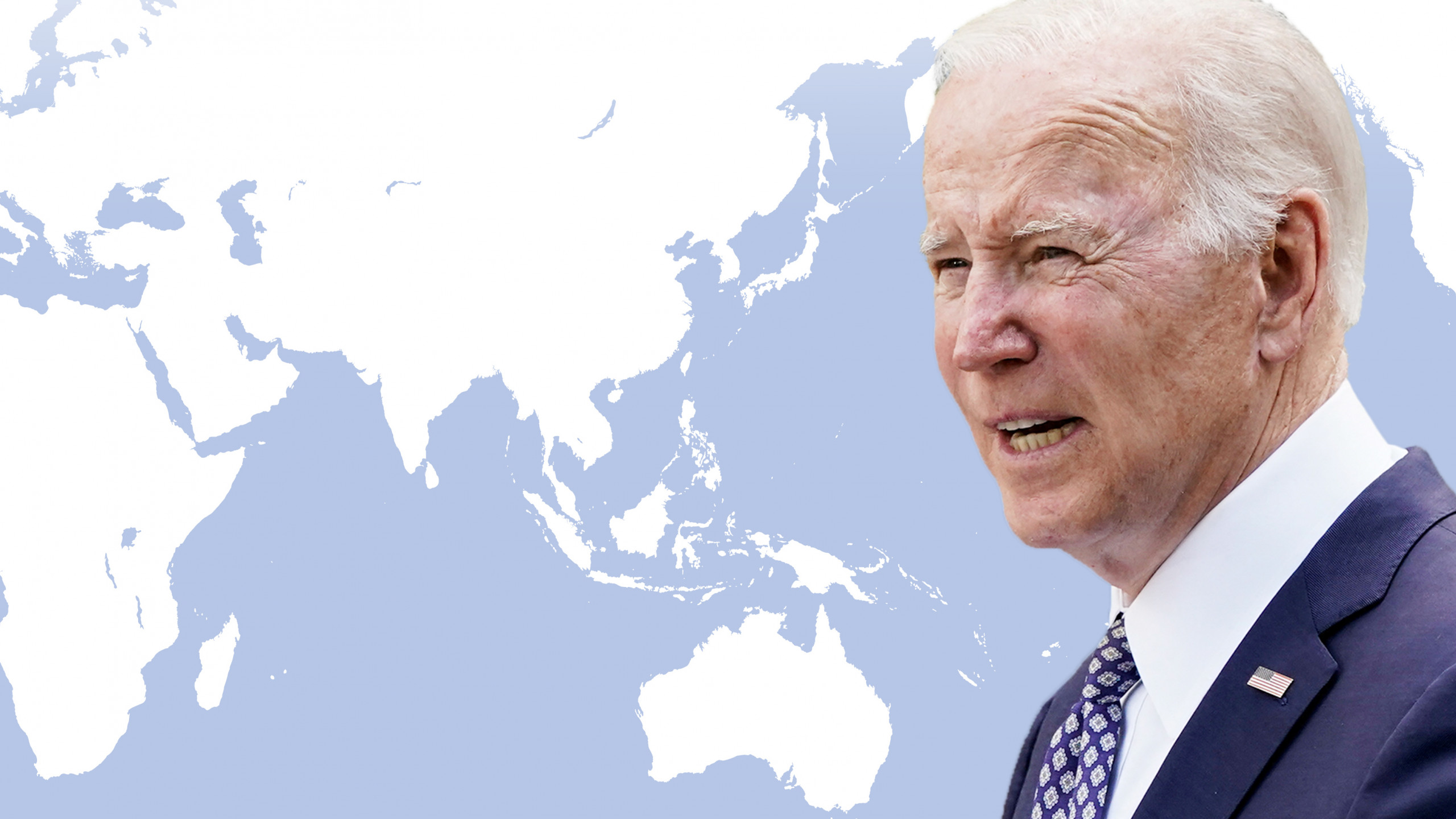By Michelle Cabula
In some of the major Southeast Asian cities, the impact of climate change risks undermining growth and strong economic dynamism. However, businesses and financial operators have the opportunity to play a key role in sustainable development and recovery strategies.
The Environmental Risk Outlook 2021 published by the consulting firm Verisk Maplecroft on 13rd May highlights an alarming fact: currently, the quality of life of 1,5 billion people living in the world’s major metropolitan areas is at the mercy of "high or extreme" environmental risks. These include pollution, water scarcity, extreme temperatures, natural disasters, and climate change-related risks.
Asia is "in the eye of the environmental storm" - 99 out of the 100 most vulnerable urban centres are in the continent - ASEAN member countries are particularly sensitive to the alarm raised by the report. In Southeast Asia the climate emergency is intertwined with the recurring threat of extreme weather events (such as typhoons), and exacerbates their effects, resulting in increasingly devastating and complex phenomena from which local emerging economies may struggle to recover. The most vulnerable cities in the area include Indonesia's Surabaya and Bandung, along with the capital of Malaysia Kuala Lumpur, and Singapore. Jakarta has a double record: the Indonesian capital faces recurring earthquake disasters and flooding, and increasingly severe air pollution while sinking below sea level at an unparalleled rate worldwide.
These data suggest a worrying scenario, in which not only ecosystems but also future perspectives of economic and social development would be put to the test. This is particularly true in an area that aims to become increasingly attractive to investors. The growing burden of climate risk in the cost-benefit analysis risks making investments in vulnerable cities and areas less secure and profitable, and therefore less attractive. This could affect long-standing efforts to make Southeast Asia a prime destination for financial flows.
The methodology adopted in the report is in line with the recent trend of integrating non-financial parameters in the analysis of investment decisions, the development of operating standards to which companies must aspire, aware that the demarcation lines between environmental, political, social and economic risks are more and more blurred. The new paradigm of sustainability and financial responsibility provides for the integrated assessment of Environmental, Social and Governance (ESG) issues and aims to harmonize the pursuit of economic objectives with the protection of the interests of other stakeholders involved.
As stated by Fabio Panetta, economist and member of the Executive Board of the European Central Bank (ECB), the application of the ESG model to the world of finance "is an important innovation to place the financial system at the service of collective well-being" and "has become a key tool for dealing with climate risks, which have become progressively more serious due to the emergence of irreversible environmental damage". The potential of green and sustainable finance for recovery and long-term growth was also seen by the ASEAN Capital Markets Forum (ACMF). In a virtual meeting held in March, the ASEAN Finance Ministers approved the Action Plan 2021-2025, which places the promotion of growth and recovery in a sustainable key among its strategic objectives. At the same time, the Asian Development Bank (ADB) is working closely with local governments, developing strategies to channel private sector funds into green infrastructure development that can ensure a sustainable recovery from the pandemic crisis.
Will Nichols, Head of Climate and Environment research at Verisk Maplecroft, predicts that the issue of environmental sustainability in Asia's major urban centres will become crucial not only in the public debate and political agenda but also in business strategies. On the one hand, it is in the interests of companies and investors that want to make their businesses more resilient and competitive to align themselves with increasingly demanding environmental standards. On the other hand, a careful allocation of resources that takes into account the need to mitigate environmental risks would make it possible to strategically finance activities capable of producing a real positive impact on the development of Southeast Asian countries. This would make urban contexts more livable and safer and contribute to improving the quality of life of those who live there.






